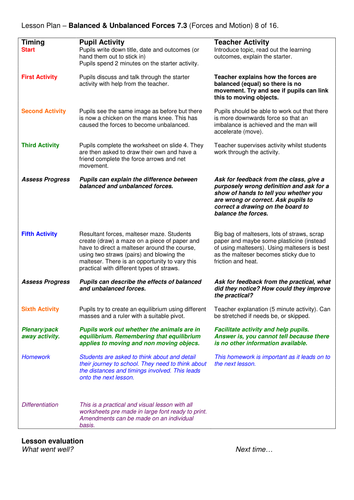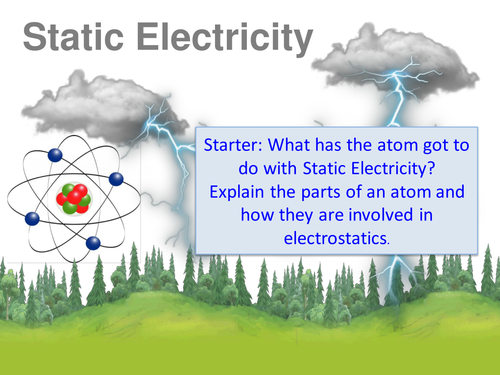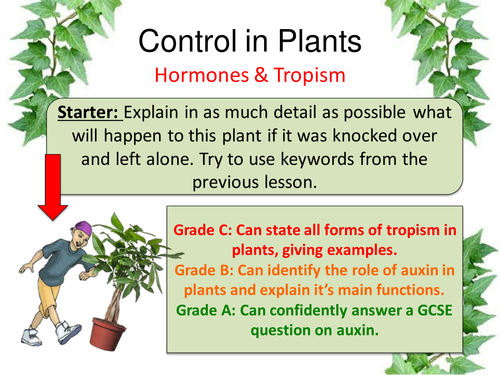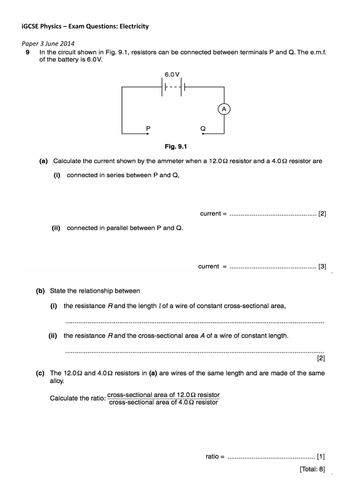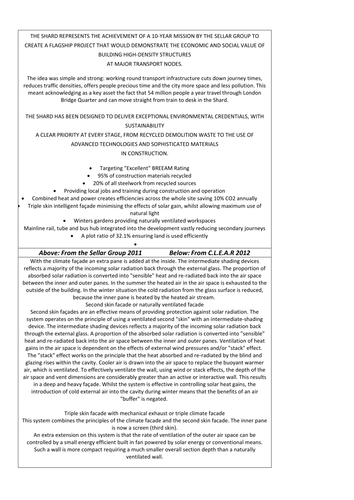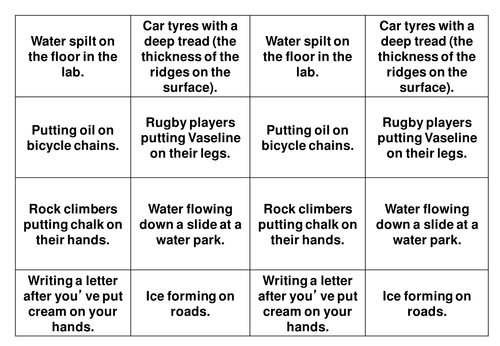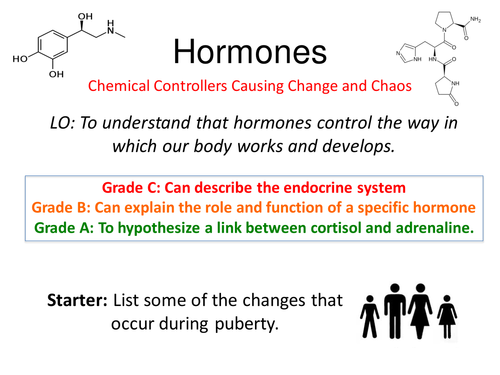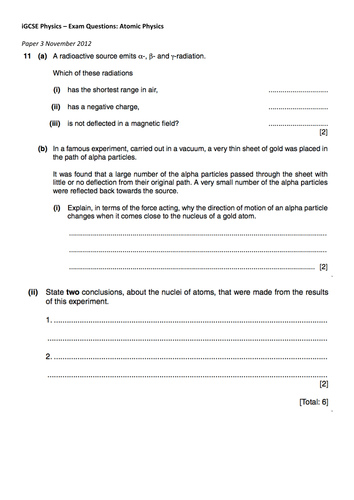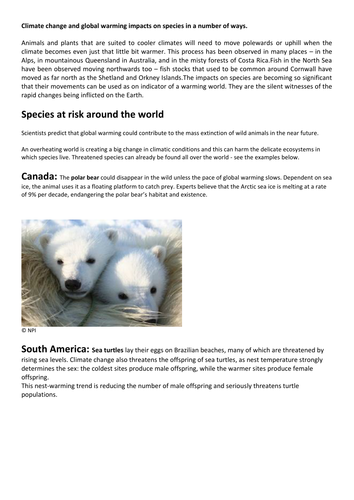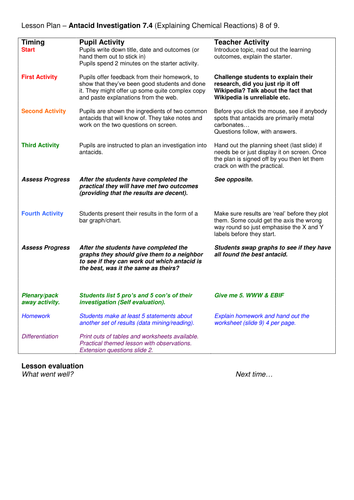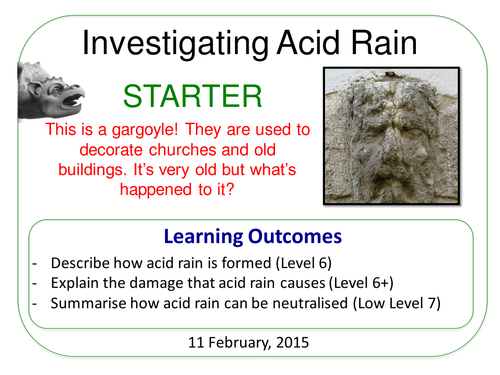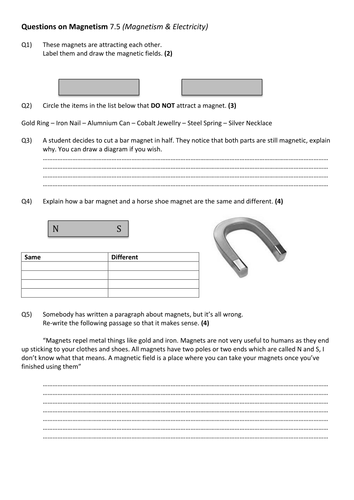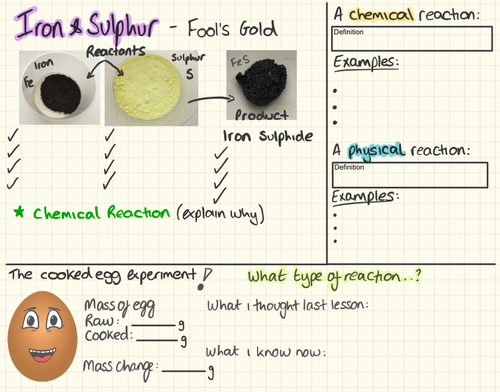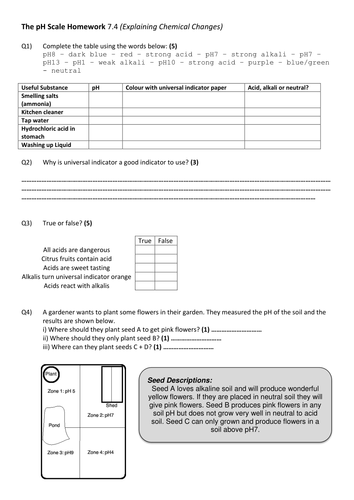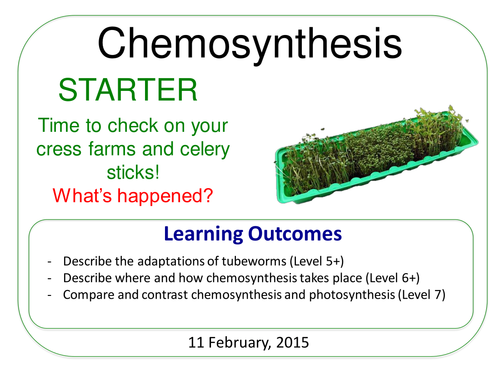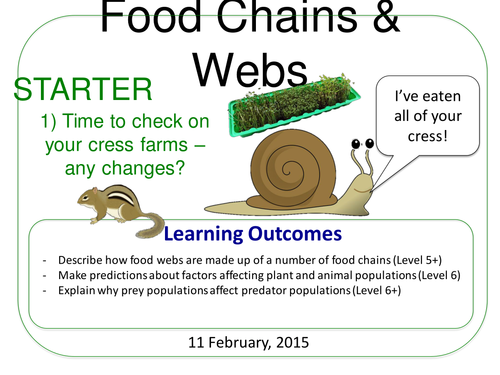TRF23's Shop
Premium Resources for year 7 science. Each premium resource is what i like to call 'a lesson in a bag'. When you purchase a premium resources for just £1 you get: A development timeline lesson plan including differentiation + Homework activities + Worksheets (differentiated) + Starter and plenary + Slick and well presented powerpoint All in line with the KS3 science national curriculum for England and Wales. Look at my free resources and the reviews! You won't be disappointed!


